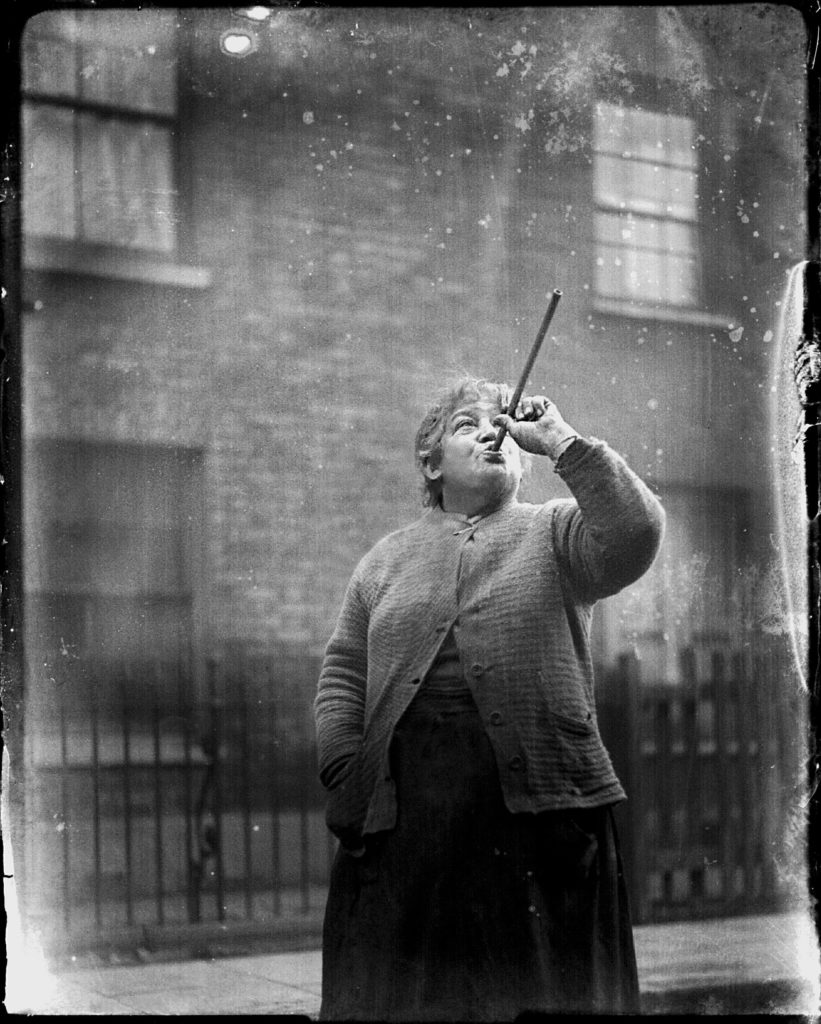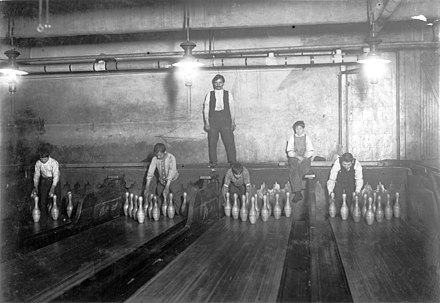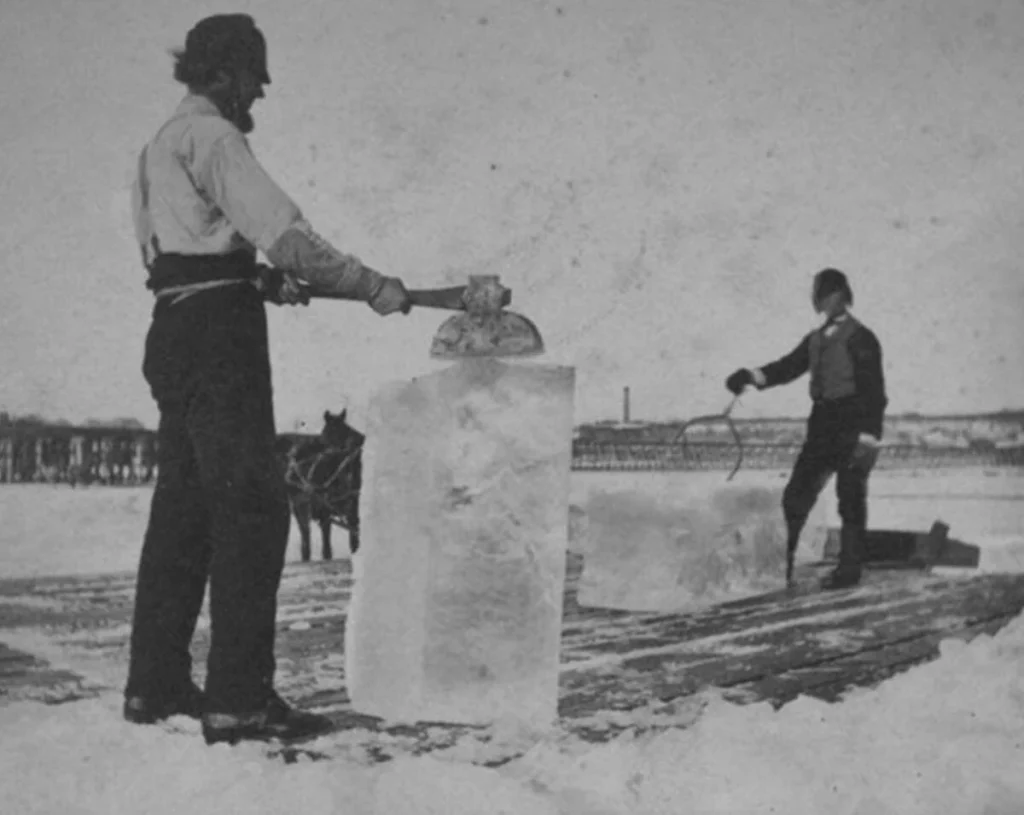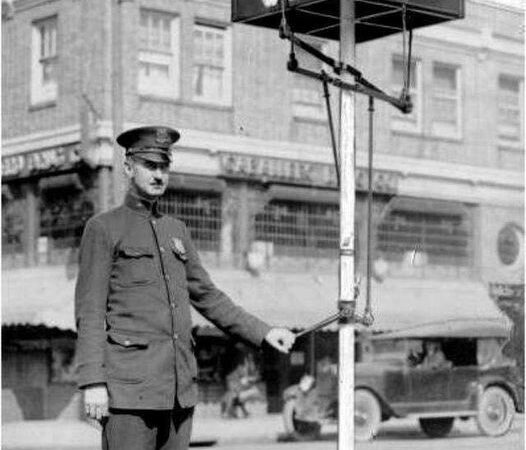10 Strange Professions That No Longer Exist
There was a time when certain professions were in high demand, but as our society evolved and advanced, some of these professions became obsolete.
Moreover, with the aspect of ever-changing technology, many jobs that exist today are vastly different – or nonexistent – from those 10, 20, or 30 years ago.
So, what happened to all those old careers?
This list will discuss some of the strangest but back-then-necessary jobs that have disappeared.
You can mainly attribute the disappearance of many of these ways to make money to technological advances.
For example, modern bowling alleys have elaborate systems that collect balls and pins, so pinsetters are no longer necessary.
Likewise, with the spread of proper refrigeration, the cool job of ice cutters became a thing of the past.
This article will discuss ten strange professions that no longer exist.
Who knows, maybe you’ll learn about a job that you’re ancestors did before you were born.
The Human Alarm Clock
In the days before alarm clocks, people used to hire others to wake them up in the morning.
It may not seem complicated, but it was quite an essential job in the 1800s.
The “Human Alarm Clocks” or “Knocker Uppers” would often use long poles to tap on the windows of their employers or even shoot peas at the glass of their windows.

It may seem like an unnecessary job, but think about it, didn’t people back then need to wake up at certain times too?
But before these automatic pinsetters, there was a whole profession devoted to manually setting the pins back up.
The “employees” of these jobs were often children.

This was a tedious job. The introduction of automatic pinsetters in 1956 by the Brunswick Company was revolutionary for the industry – and put many manual laborers out of a job.
In addition, the job could be dangerous for the children as flying pins or bowling balls could hit them.
Of course, a job like this violates child labor laws today, but it was a different time back then.
Ice cutting was an actual profession in the 1800s, and it was a dangerous job.

The ice cutters would use large saws to cut the ice blocks, which they would then transport to homes and businesses.



